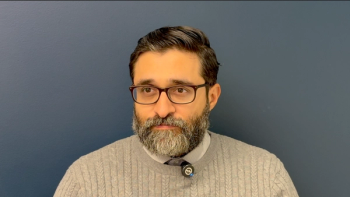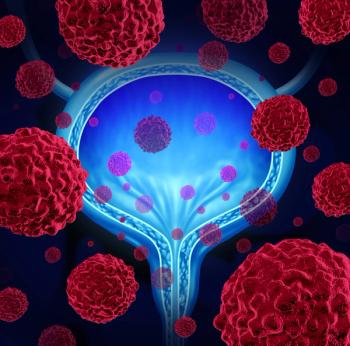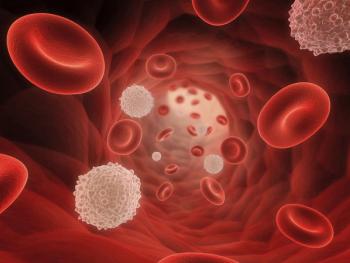
Satya Das, MD, MSCI, on the Impact of PRRT in Patients With Well-Differentiated NETs
The expert in hematology/oncology discussed the implications of a study which evaluated the use of peptide receptor radionuclide therapy in patients with well-differentiated neuroendocrine tumors.
A study presented at the 2021 American Society of Clinical Oncology (ASCO) Gastrointestinal Cancer Symposium suggested that among patients with well-differentiated neuroendocrine tumors (WD-NETs) who were treated with 3 to 4 doses of peptide receptor radionuclide therapy (PRRT) with Lu 177-dotatate (Lutathera), those with lower clinical scores had better progression-free survival (PFS) than those with higher clinical scores.
In an interview with CancerNetwork®, Satya Das, MD, MSCI, assistant professor of Medicine in the department of Medicine in the division of Hematology/Oncology at Vanderbilt University Medical Center, explained the implications of these study findings.
Transcription:
What we can say is that rather than just [having] a smorgasbord of [patients] who should get PRRT when, there is a way to actually categorize the patients who should get it. Our findings demonstrate that this score comprised of those 5 categories [available non-PRRT treatments for tumor type, prior systemic treatments, patient symptoms, tumor burden in critical organs, and peritoneal carcinomatosis presence] is a comprehensive manner of including the patients who should be considered for PRRT. And I think the most compelling thing about the score is that many oncologists have been keeping PRRT for later. So basically, after patients progress through all of the therapies, then we’ve been going to PRRT. But the biology of the treatment is such that it may actually be more effective in patients who are less pretreated with smaller amounts of disease. And I think our score demonstrates that.
The most interesting things are that in patients with low scores—even when you go for, let’s say, a score from 1 to a 3, which is very low disease [with] less pretreatment–there’s a significantly higher risk of progression or a lack of benefit from the PRRT. Our hope is with these findings, which still require validation [that] we’re trying to [get] with additional cohorts of patients, is that earlier incorporation of PRRT may lead to better outcomes.
Reference:
Das S, Du L, Schad A, et al. A clinical score (CS) for patients with well-differentiated neuroendocrine tumors (WD NETs) under consideration for peptide receptor radionuclide therapy (PRRT) with Lu 177-dotatate. J Clin Oncol. 2021;39(suppl 3). Abstract:
Newsletter
Stay up to date on recent advances in the multidisciplinary approach to cancer.

















































































